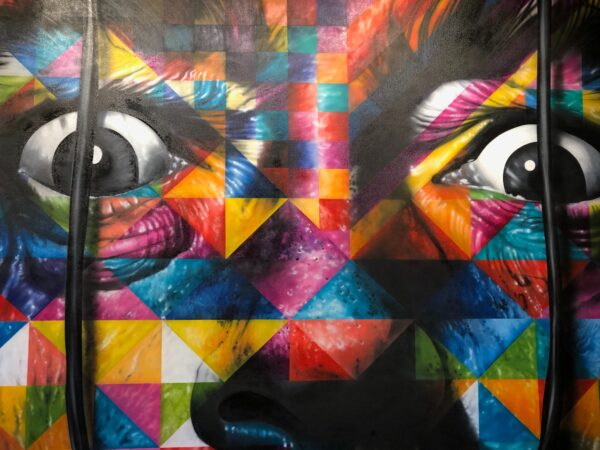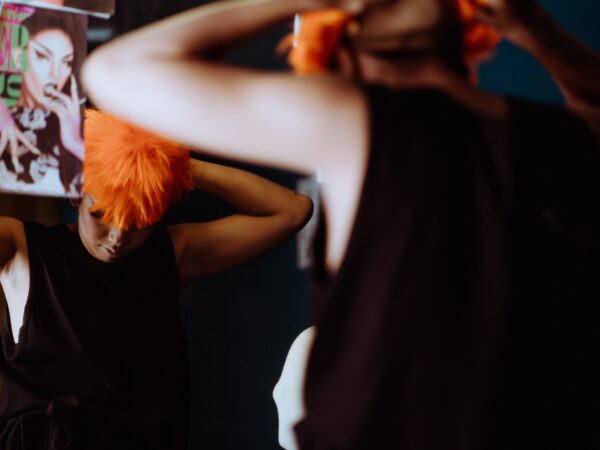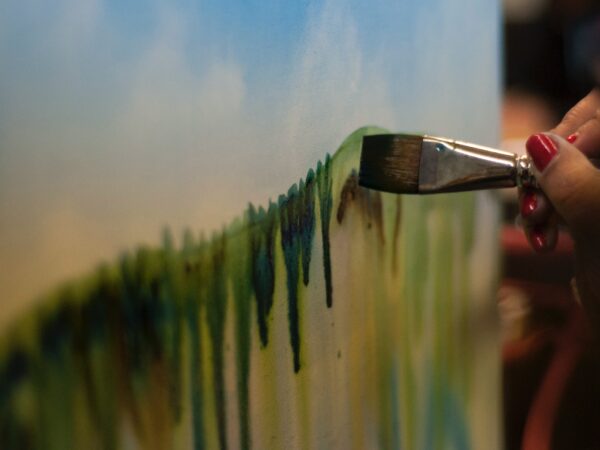Cosplay, from costume-play, has grown to be a multi-billion dollar industry worldwide. Originally emerging in Japan in the 1980s, it has now become a mainstream subculture that spans from Asia to the United States, Europe, and beyond. Cosplay enthusiasts gather at conventions, festivals or contests to showcase their costumes and role-play their favorite characters.
Itmay seem like a simple hobby, but there is considerable creative effort and skill required to create a successful cosplay costume that stands out in a crowded field. This article explores the art of cosplay by looking at the history, culture, and community behind this phenomenon. It also discusses the tips, techniques, and tools that cosplayers use to create costumes and bring their characters to life.
History
Cosplay has its roots in the masquerade ball tradition, which dates back centuries to Europe. In Japan, the practice of costuming for manga and anime characters, it is thought to have begun in the 1970s, and became popular by the 1980s. Initially, cosplayers were a small subculture that gathered at niche conventions in Japan, but the practice quickly spread beyond Japan’s borders and grew more mainstream.
By the 1990s,it became more popular outside of Japan, with anime and manga fandom growing in the United States and Europe. Today, it is a global phenomenon, and conventions such as Comic-Con and Anime Expo attract tens of thousands of cosplay enthusiasts each year.
Culture of Cosplay:
Cosplay enthusiasts are passionate about their craft and often spend months creating the perfect costume for their character. The cosplay community is egalitarian, with participants of diverse backgrounds and ages, from children to adults. While not everyone is into cosplay, those who do are united by a love of creativity, imagination, and the desire to transform themselves into their favorite characters.
It’s not just about wearing a costume; it’s about becoming that character, complete with their mannerisms, personality, and backstory. The level of attention to detail that cosplayers put into their costumes and performances is awe-inspiring, and it is not unusual for them to spend hundreds or thousands of dollars to achieve their vision.
Tips for Successful Cosplay:
Whether you’re an experienced cosplayer or just starting, here are some tips that can help you succeed in your cosplay endeavors.
1. Choose Your Character Wisely:
When selecting a character to cosplay, consider the following factors. Will the character’s costume and accessories be challenging or easy to make? Do you have the skills and materials required to make it? Is the character recognizable, and are there reference images to work with? Also, consider your body type and whether the character’s costume will flatter your physique.
2. Prepare and Plan:
Creating a successful cosplay costume requires careful preparation and planning. Start by researching your character’s costume and accessories in detail. Gather reference images and create a list of the materials and tools you’ll need. You may also need to take measurements of your body, so make sure you have a tape measure.
3. Practice Your Skills:
If you’re new, you may need to learn new skills, such as sewing, crafting, or makeup application. Practice your skills on materials and test your creations before applying them to your final costume. If you need help, there are many online tutorials, cosplay groups, and forums to check out.
4. Invest in Quality Materials:
The quality of your costume will determine how well it will turn out. Invest in high-quality materials that will endure wear and tear, such as durable fabrics and accessories. Make sure you have enough of each material, so you don’t run out halfway through the project.
5. Pay Attention to Detail:
Attention to detail is critical when it comes to creating a successful cosplay costume. Make sure you’ve captured every aspect of the character’s costume, from the color of their hair to the shape of their shoes. Small details can make a big difference in the final result.
6. Be Patient and Don’t Give Up:
Cosplay can be challenging and time-consuming, but it’s also a rewarding experience. Be patient, take breaks when needed, and don’t give up if things don’t go according to plan. Keep in mind that cosplay is a hobby, and have fun with it.
Tools and Techniques for Cosplay:
Cosplay involves a range of techniques, tools, and materials, depending on the type of costume and character you’re creating. Here are some of the most common tools and techniques used in cosplay.
1. Sewing:
Sewing is an essential skill in cosplay and involves the use of a sewing machine or hand-sewing to create garments or accessories. Cosplayers use various fabrics, such as cotton, polyester, velvet, and leather, to create their costumes, depending on the costume’s requirements.
2. Crafting:
Crafting is another fundamental skill in cosplay and involves using materials like foam, PVC, or EVA foam, to create props and armor pieces. Prop-making can involve a range of techniques like casting, molding, and sculpting.
3. Makeup and Wig Styling:
Makeup and wig styling are essential skills for cosplay, as they help to bring the character to life. Cosplayers use makeup to create the character’s distinctive features, such as their hair, skin, and facial features. Wig styling involves cutting, styling, and dyeing wigs to match a character’s hairstyle.
4. 3D Printing:
3D printing technology has revolutionized cosplay, making it easier to create intricate and detailed props and accessories. Cosplayers use 3D printers to create props and accessories for their costumes, like swords, guns, and helmets.
Conclusion:
Cosplay is more than just dressing up in costumes; it’s an art form that requires creativity, passion, and skill.
Cosplayers are united by a love of creativity, imagination, and the desire to transform themselves into their favorite characters. Whether you’re new to cosplay or already experienced, the tips and techniques in this article can help you succeed in your cosplay endeavors.
By choosing your character wisely, preparing and planning, investing in quality materials, paying attention to detail, practicing your skills, and being patient, you can create a cosplay costume that is both visually stunning and true to the character.











